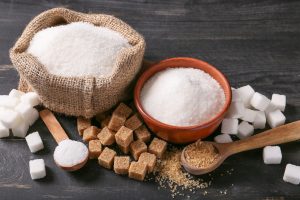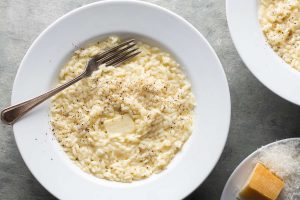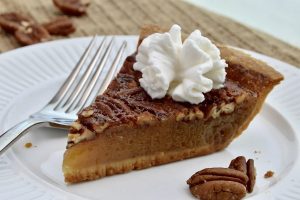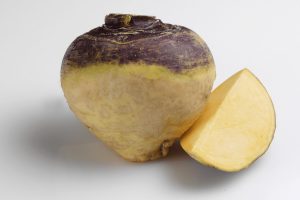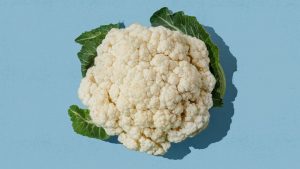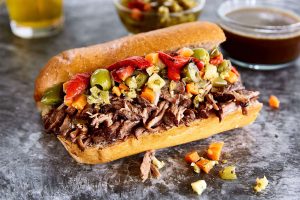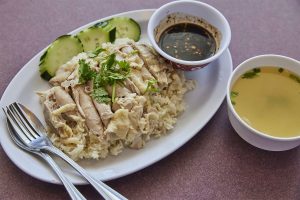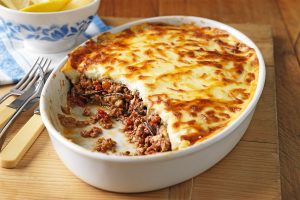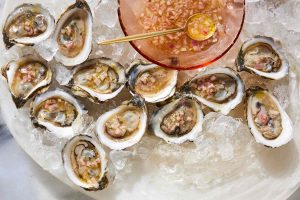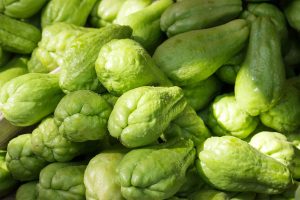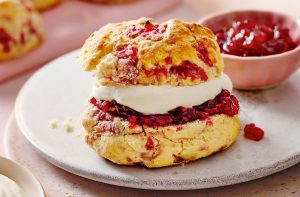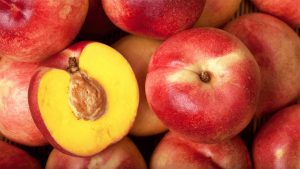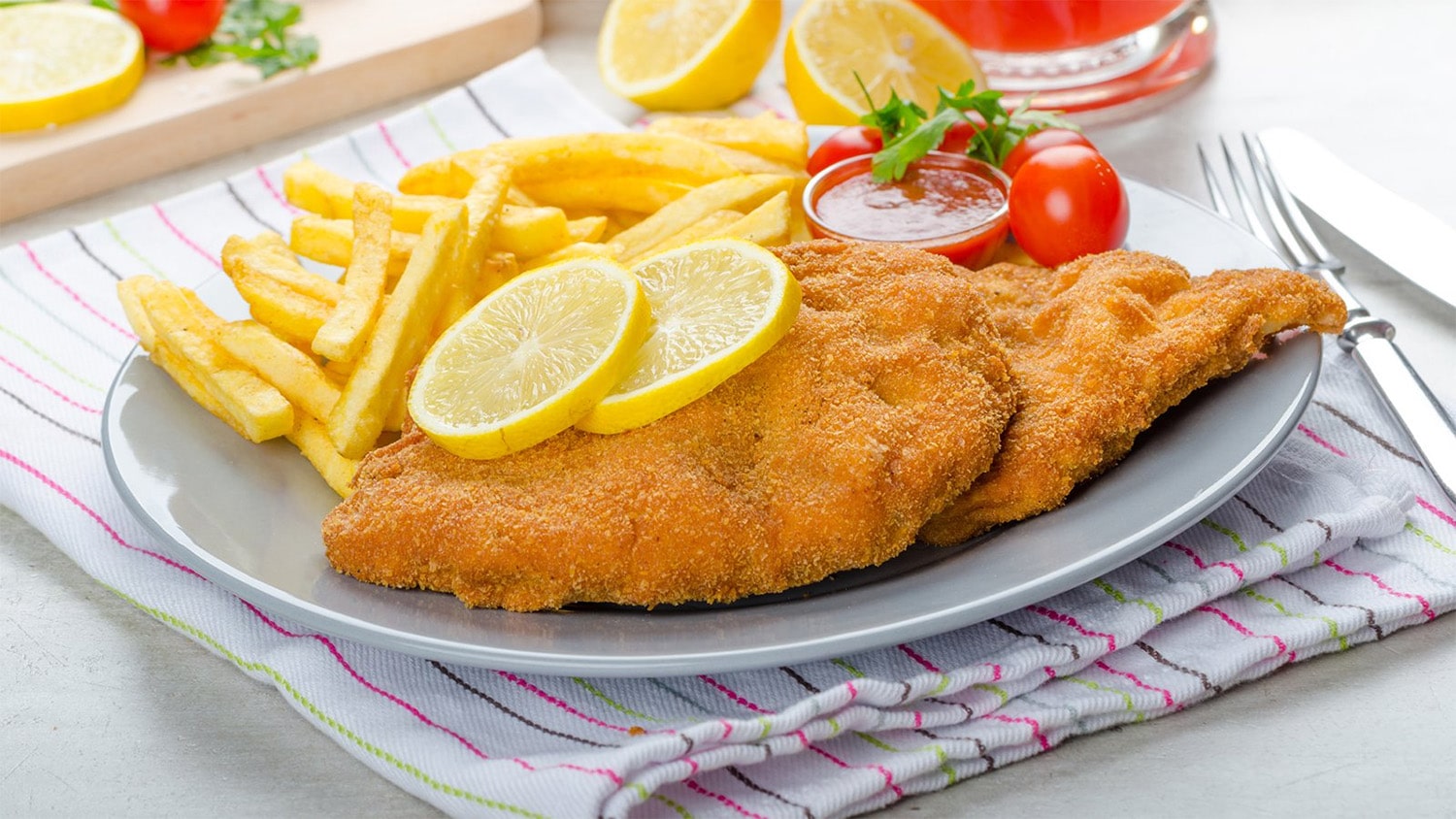
25 interesting facts about Wiener Schnitzel
- 👁️ 1278
Wiener Schnitzel, a classic Austrian dish, has delighted taste buds around the world with its simple yet sublime flavors. This breaded and fried veal cutlet embodies the essence of Austrian cuisine and has become a culinary symbol of Vienna. Its origins, cooking techniques, and variations make it a fascinating subject for food lovers and culinary historians alike. Renowned for its golden crust, tender meat, and the artistry required in its preparation, Wiener Schnitzel offers a delicious insight into Austria’s rich cultural heritage. Here are 25 interesting and informative facts about Wiener Schnitzel that shed light on its history, preparation, and place in the world of gastronomy.
- Wiener Schnitzel means “Viennese cutlet” in German.
- Traditionally, Wiener Schnitzel is made from veal, although pork is often used as a substitute outside Austria.
- The dish was first mentioned in a cookbook from 1831, underlining its long-standing presence in Austrian cuisine.
- According to culinary lore, Wiener Schnitzel may have been inspired by the Italian cotoletta alla milanese, brought to Vienna by Austrian generals.
- The meat for Wiener Schnitzel is pounded thin, which tenderizes it and ensures even cooking.
- It is coated in a breading sequence of flour, beaten eggs, and breadcrumbs before frying.
- The breadcrumbs for Wiener Schnitzel must be dry and fine, often made from day-old bread.
- Clarified butter or lard is traditionally used for frying to achieve a crispy and golden exterior.
- A properly cooked Wiener Schnitzel should puff up and have a light, airy crust.
- The dish is typically served with lemon wedges, which add a fresh, acidic contrast to the rich, fried cutlet.
- Side dishes often include potato salad, cucumber salad, or lingonberry jam.
- Wiener Schnitzel is protected by Austrian law, specifying that it must be made of veal.
- The largest Wiener Schnitzel ever made weighed over 500 kilograms and was prepared in Germany in 2009.
- In Austria, Wiener Schnitzel is so popular that it is available in nearly every restaurant that serves traditional Austrian food.
- The use of pork instead of veal in Wiener Schnitzel is often labeled as Wiener Art or Schnitzel Wiener Art to distinguish it from the traditional veal version.
- The art of making the perfect Wiener Schnitzel is often passed down through generations in Austrian families.
- Some chefs add a pinch of paprika to the flour or breadcrumbs for an extra flavor dimension.
- To achieve the signature “wavy” look, chefs move the frying pan back and forth during cooking.
- The key to a greaseless Wiener Schnitzel is frying at the correct temperature and draining it well on paper towels after frying.
- Wiener Schnitzel has inspired variations around the world, including the Japanese tonkatsu and the American chicken-fried steak.
- In 2007, Wiener Schnitzel was declared part of Austria’s intangible cultural heritage by UNESCO.
- Some restaurants in Vienna serve a colossal version of the dish, known as Riesenschnitzel, that barely fits on the plate.
- A common mistake in preparing Wiener Schnitzel is using bread crumbs that are too coarse, which prevents the delicate crust from forming.
- The ideal thickness of the meat for Wiener Schnitzel is about 1/4 inch (6 mm) after pounding.
- Despite its simplicity, mastering the perfect Wiener Schnitzel requires skill and attention to detail, from meat preparation to frying technique.
Wiener Schnitzel stands as a testament to the elegance and deliciousness that can be achieved with just a few simple ingredients. This iconic dish not only showcases Austrian culinary tradition but also speaks to the universal appeal of comfort food done right. Through its storied history, Wiener Schnitzel has become more than just a meal; it’s a cultural icon that brings people together in appreciation of good food. Whether enjoyed in a quaint Viennese café or made at home, Wiener Schnitzel remains a beloved classic that continues to inspire and satisfy palates around the globe.
